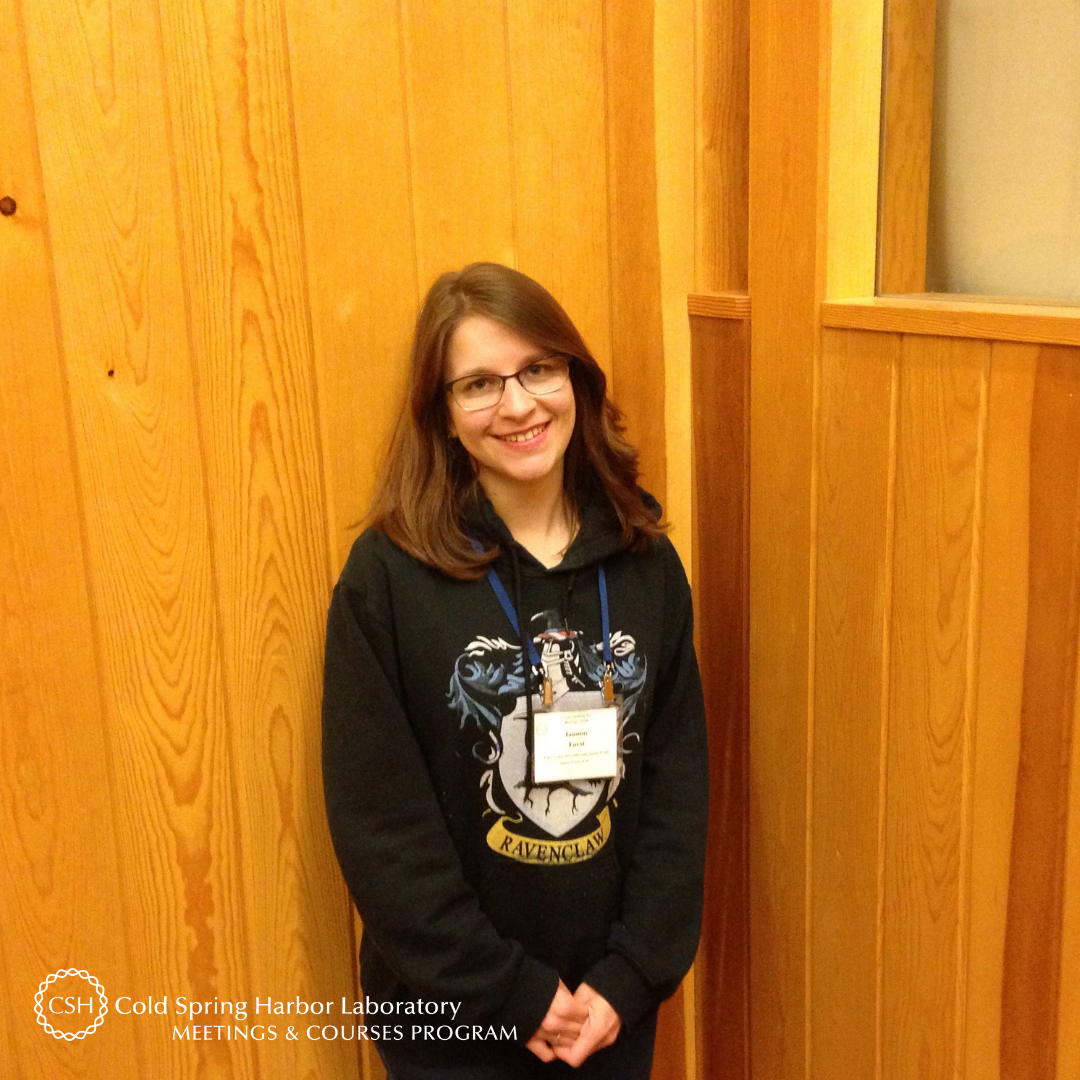Meet Jannine Forst of the University of California, Santa Cruz. The postdoctoral scholar is a member of the Human Paleogenoics Lab led by Prof. Lars Fehren-Schmitz. She is on campus strengthening her programming skill set via Programming for Biology – her first course at CSHL.
What are your research interests? What are you working on?
My research is in ancient DNA - using genetics to study archaeological material, from humans to animals, diseases to microbiomes. My current project is concerned with deciphering the human population history of Pre-Columbian South America, specifically at Machu Picchu, but my personal research interests lie in population genetics, human health, and disease.
How did you decide to make this the focus of your research?
I’ve always been interested in history, archaeology, and genetics - which made ancient DNA research a perfect match for me.
How did your scientific journey begin?
My mom, a geneticist, definitely inspired me. She encouraged me to explore all the topics I found interesting and supported me in my endeavors, no matter the direction they took me. From watching Bill Nye the Science Guy as a kid to summer camps at the museum, she helped cultivate my curiosity which eventually led me to ancient DNA research.
Was there something specific about the Programming for Biology course that drew you to apply?
I came to the Programming for Biology course looking to jump-start my programming skills. With the widespread use of high-throughput sequencing, researchers cannot manually look through the hundreds of thousands of sequences per sample generated. So programming in a common language like Python - which is what this course teaches - is becoming indispensable for many biologists, ancient DNA researchers included.
What and/or how will you apply what you've learned from the course to your work?
For my work, I will start by coding solutions to the many small ideas that pop up when analyzing ancient genetic data, which is very different from working with modern genetic data. I will also make all the e-books, problem sets, and resources given to me at Programming for Biology available to my lab mates.
What is your key takeaway from the course?
Learning how to program mainly takes practice! Practice, practice, and more practice.
If someone curious in attending this course asked you for feedback or advice on it, what would you tell him/her?
Be prepared for a lot of work but a lot of fun! You will learn a lot of things in a very short period of time. The instructors did a great job on the course material, structure, and timing.
What do you like most about your time at CSHL?
What I liked most about my time at CSHL is the community. The meetings and conferences eat together so you get to interact with various interesting people who you may not normally have a chance to meet.
Thank you to Jannine for being this week's featured visitor. To meet other featured scientists - and discover the wide range of science that takes part in a CSHL meeting or course - go here.

